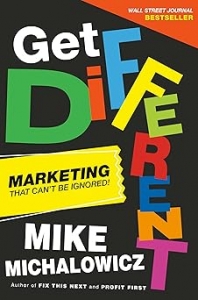Filling Your Content Marketing Out of Three Buckets
“All presentations are composed of just three elements,” Dan Roam writes in his book Show & Tell:
- my idea – impressions, anecdotes, data, concerns.
- my self – goals, hopes, beliefs, insights
- my audience – demographics, aspirations, abilities, skills, uncertainties
Effective content marketing, we’ve learned at Say It For You, makes use of the same three buckets. We share ideas, adding information to things our audience members already know, fill their aspirations by showing best ways to accomplish their goals, and, having understood their needs, inspire and empower them to take action.
To pick the right storyline for an article or presentation, we need to answer the following question, Roam explains: “After we’ve finished presenting, how do we want our audience to be different from when we started?” Reports that tell the audience what they already know, then add a few things they don’t are not very memorable or actionable, he cautions. If we’re doing it right, we make the audience care.
In content marketing, this is where the “my self” bucket comes in. Personal stories and opinion pieces showcase the unique slant of the business owner or practitioner. Dipping into that second bucket, you reveal how you arrived at the name of your business, even revealing the biggest mistake you made in starting that business or practice and what you’ve learned from that mistake. Precisely because it is so very human to act inconsistently, revealing seemingly out-of-character aspects of yourself and of the people involved in your business or practice is a way to create buzz.
At the same time, Dan Roam reminds presenters to never, ever apologize for any anxiety. Telling them you’re nervous will make them worry, too,” he advises. “When we are confident, we will help the audience change,” he tells newbie speakers. At Say It For You, we know how important it is to remember that third bucket – it’s our audience’s uncertainties we’re out to change!
When it comes to content marketing, readers visit our web pages and blog for answers and for information they can trust. In fact, the success of our marketing efforts will be very closely aligned with our being perceived as SMEs (subject matter experts).
Show and Tell is the perfect guide for content marketers. To the extent we understand the demographics of our audience, realizing that our readers are those looking for information, products, or services that relate to what we know, what we have, and what we do. Those visitors are literally inviting us to share our ideas, our “selves” and our skills
We need to fill our content marketing out of all three buckets!






Follow us online!